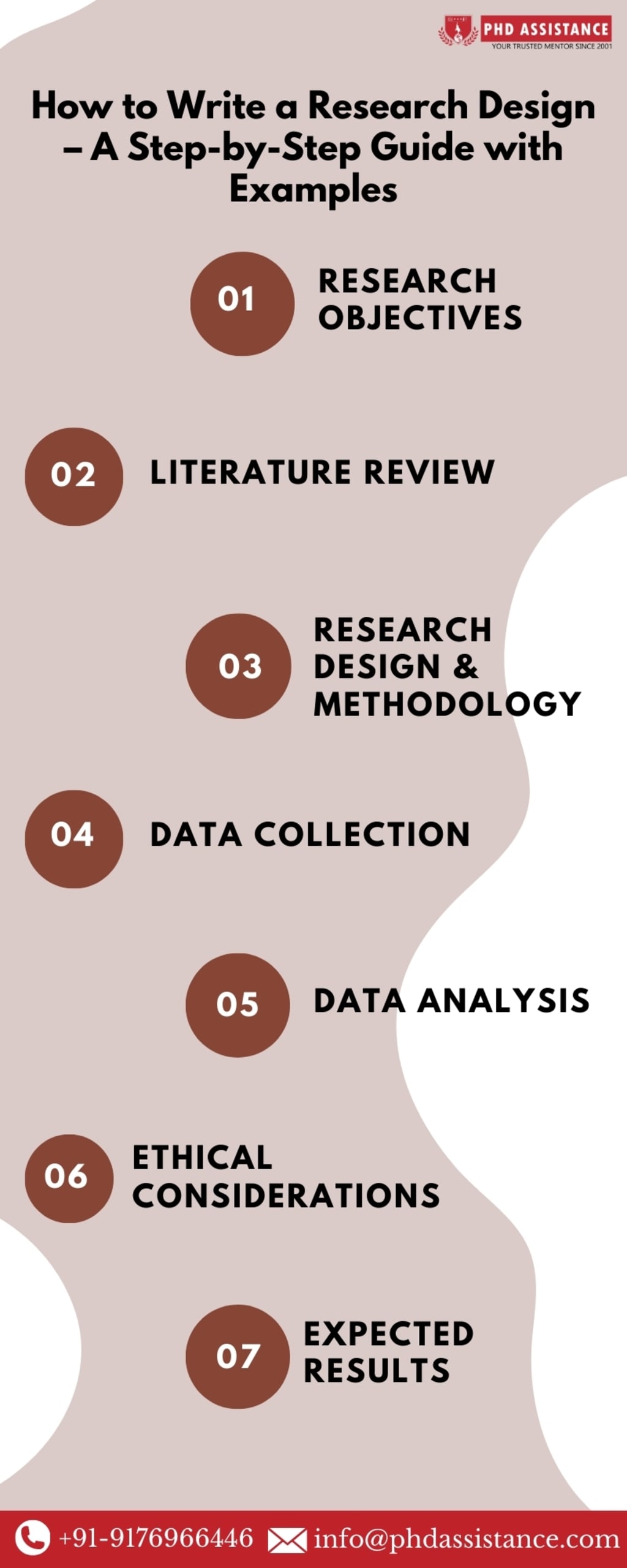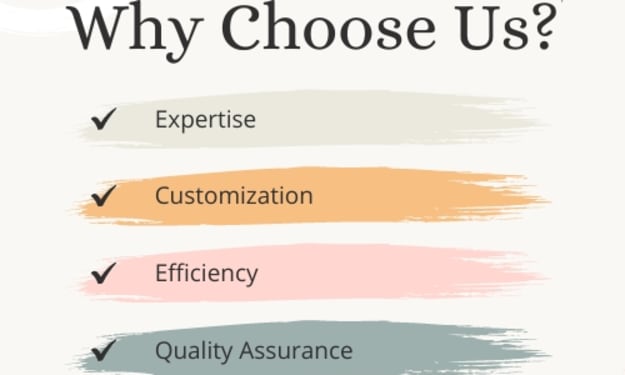How to Write a Research Design
A Step-by-Step Guide with Examples

A research design serves as a structured framework that integrates various research components, guiding the systematic collection and analysis of data to address study questions effectively. Before embarking on the research process, it's essential to make informed decisions on how to tackle these questions, facilitated by a well-crafted research design.
Writing a research design is a pivotal step in any research endeavor. It delineates the methodologies and procedures employed to investigate research questions or test hypotheses. Below, we provide a comprehensive guide on crafting a research design, complete with illustrative examples for each section.
Title and Introduction:
Commence with a succinct and precise title that encapsulates the core focus of your research. In the introduction, provide context for your study, underline its significance, and explicitly state your research questions or hypotheses.
Example:
Title: "The Impact of Social Media Usage on Academic Performance among College Students"
Introduction: Begin by discussing the escalating prevalence of social media use among college students and its potential implications on their academic performance. State your research questions: "Does social media usage adversely affect college students' academic performance? If so, what specific mechanisms contribute to this impact?"
Research Objectives:
Clearly define the objectives or goals of your research. What do you intend to achieve through your study?
example:
Research Objectives:
To assess the relationship between social media usage and academic performance among college students.
To identify specific behaviors and patterns of social media usage that may influence academic performance.
Literature Review:
Summarize pertinent literature to establish a theoretical foundation for your study. Discuss key concepts, theories, and findings related to your research topic.
Example:
Literature Review: Provide an overview of studies examining the link between social media usage and academic performance. Discuss theories such as the distraction hypothesis and addiction hypothesis. Cite previous research findings that either support or challenge these theories.
Research Design and Methodology:
Detail the research methods and procedures planned for data collection and analysis. Include information about your sample, data collection instruments, and data analysis techniques.
Example:
Research Design and Methodology:
Research Approach: This study will adopt a quantitative research approach utilizing statistical data analysis.
Sampling: A random sample of 500 college students will be selected from three regional universities.
Data Collection: Data will be gathered through a self-administered survey encompassing questions on social media habits, study routines, and academic performance.
Data Analysis: Statistical methods such as correlation analysis and multiple regression will be employed to explore relationships between variables.
Data Collection:
Provide specifics on how data will be collected, including details on the survey or data collection instrument, sampling procedures, and the timeline for data collection.
Example:
Data Collection:
Survey Instrument: A structured questionnaire comprising closed-ended questions will be utilized.
Sampling Procedure: Participants will be selected using a random sampling technique from each university.
Data Collection Timeline: Data collection will span two months during the fall semester.
Data Analysis:
Explain the methodology for analyzing collected data. Specify the statistical or analytical techniques used to test hypotheses or answer research questions.
Example:
Data Analysis:
Hypothesis Testing: Correlation and multiple regression analyses will examine the relationship between social media usage and academic performance.
Moderation Analysis: Additional moderation analysis will explore whether variables such as study habits and time management moderate the relationship between social media usage and academic performance.
Ethical Considerations:
Discuss ethical considerations pertinent to your research, such as informed consent, privacy protection, and data confidentiality.
Example:
Ethical Considerations: All participants will provide informed consent, and their data will be handled confidentially in accordance with ethical guidelines established by the university's Institutional Review Board (IRB).
Expected Results:
Offer insights into anticipated outcomes or findings based on your research design and hypotheses.
Example:
Expected Results: We anticipate discovering a negative correlation between social media usage and academic performance. Additionally, we expect to identify specific social media behaviors, such as excessive scrolling during study periods, associated with lower academic performance.
Conclusion:
Summarize key aspects of your research design and underscore the significance of your study.
Example:
Conclusion: This research design outlines methodologies for investigating how social media usage impacts college students' academic performance. The findings aim to provide insights for educators and policymakers to develop strategies aiding students in managing their social media usage effectively.
References:
Include a comprehensive list of all sources cited in your research design.
Example:
References: List academic articles, books, and other sources referenced in the literature review section.
Remember, the specifics of your research design should align with your research topic, objectives, and the nature of your study (quantitative, qualitative, or mixed methods). Adapt the structure and examples provided here to suit the unique requirements of your research project.
This revised version provides a structured approach to writing a research design, incorporating clear examples for each section to aid understanding and application. To know more information, read the source article: “How to Write a Research Design – A Step-by-Step Guide with Examples”
About the Creator
Enjoyed the story? Support the Creator.
Subscribe for free to receive all their stories in your feed. You could also pledge your support or give them a one-off tip, letting them know you appreciate their work.





Comments (1)
Nicely done it.